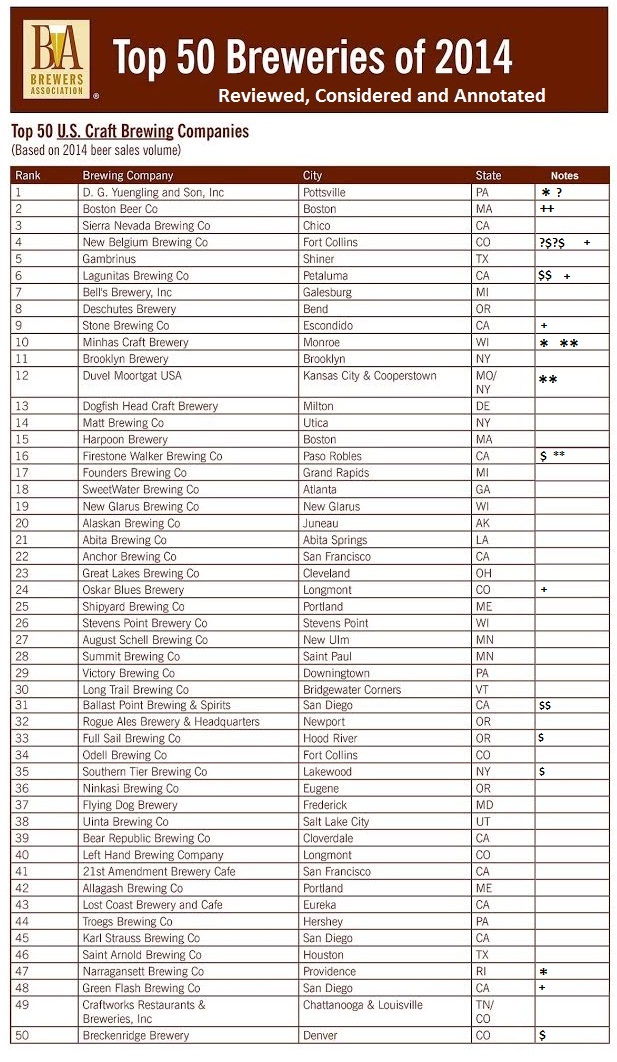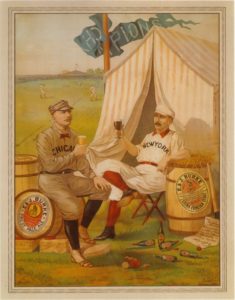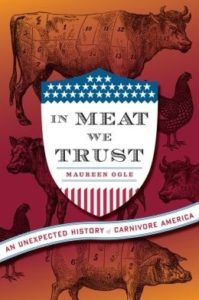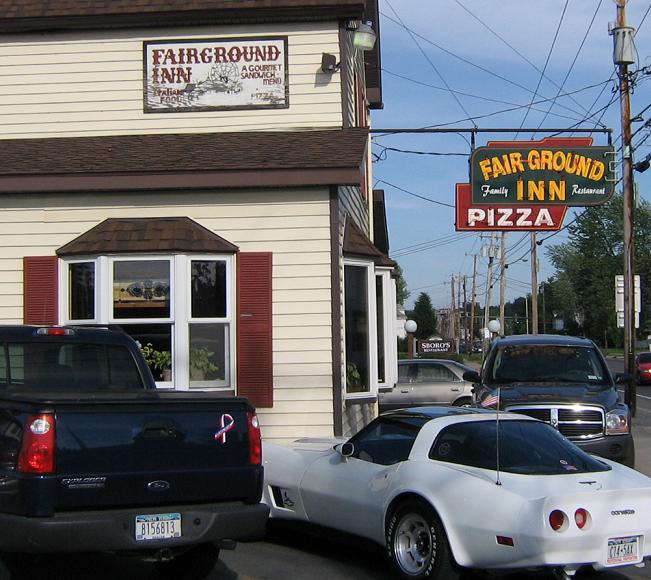I am watching and commenting on an interesting Facebook thread started by Maureen Ogle this weekend that was triggered by the article “A Not-So Nefarious History of Craft and Crafty Beer” by Daniel Hartis. It also triggered some thoughts from me which I am pasting here as both a place holder and to see if I can build on them. See if I can make the selected bits of the conversation make sense:
=> Alan: “That is an interesting bit of reverse engineering. “Craft” does not gain general traction until the mid to late 2000s except in early adopting regions. We had early 90s efforts in Canada by Molson and Labatt to pretend to be micros – not “craft” as the word and the brand/ethic did not firmly exist yet. It would be better if the author had tied how “craft” itself was marketeering itself injected into and upon micro brewing and created more of a juxtaposition of the malleability of all marketing of all beer. Part of the continuum that in the 1880s saw lagers advertised as temperance drinks.”
=> Hartis: “Hey Alan, I noted that craft was not often used, and that many used specialty instead. However, note that Miller’s specialty line — which they created in 1994 — was called “American Specialty and Craft Beer Co.,” so I’m sure the term was out there at the time. And just as “craft” wasn’t used early on, neither was “crafty” — they usually referred to such brewers as “stealth.””
=> Alan: “I agree but I am coming to believe that micro and craft are sufficiently distinct that the relationship of macro to each is not a continuum – and that micro and craft have significant tensions between them. So if what we call craft now does not conceptually exist 20 years ago we can’t go back and draw the same conclusion from 2014 experience. Micro had not so much of the artisanal or even punk ethic then so much as the home brew, garage band think. “Craft” would connote a snootier approach or more precious word. It’s much clearer if you go back to the 1970s writers life David Line. The last thing the self sufficient skilled small scale brewer would defer to is the argument that beer is “crafted” as in difficult let alone a rare art.”
=> David Edgar: “The word “micro” no longer applied once we had more than a few brewers eclipse the 15K Bbl mark. Thus we gravitated towards “craft.” The first year when we added up all the volume for Micros, Brewpubs, Contract Brewing Companies and Regional — we called it the Craft Brewing Index. After the first ‘craft’ definition was created, we changed the name to the “Domestic Specialty” Brewing Index so that it could still include the volume of ‘craft’ beer from Redhook, Shipyard & Widmer etc. … The Sam Adams radio commercials that were all over FM radio in those days also repeated the phrase “we craft brew…””
=> Alan: “This is interesting as it validates a bit of what I have been seeking but without so much of the “hand of doom” insinuation that Lisa was alluding to. If craft organically gets introduced as micro starts receiving bodies and ideas from macro, the transition makes sense.
=> Mitch Steele: “I know a number people besides myself who have done this transition-so if it does get written, let me know. I don’t think I ever felt tainted, but my story is a bit different than some, I started out as a craft brewer, then went micro, and then came back. I’ve been told that people at Stone were nervous when Steve hired me, but once I came on board and met everyone, that went away.
=> Alan: “If I might, you may have gone from micro to macro to craft. As craft is not used until the mid90s and only gains popular traction a decade later, the shift in language describe a shift and division in the trade that still exists today: http://beerblog.genx40.com/archive/2014/july/somewordsfor“
=> Mitch Steele: “Micro>Macro>Craft, that works. I told Daniel Hartis yesterday via Twitter that I never wanted people at AB to use the word “craft” to describe our efforts here-I felt it wasn’t an accurate representation, and would open us up to the critics. So we used “Specialty” instead. Chris Shepherd thank you. One of these days, I hope to brew that recipe again. It is in my IPA book too!”
=> David Edgar: “The whole microbrewing movement was about reintroducing flavor in beer and creating ales and lagers that were not available from domestic brewers — or from anywhere. “All-malt” was the flag that Fritz and Anchor were the first ones to wave. Simultaneously micro or craft became about 1) purity and 2) authenticity. (Some perhaps unfairly denied Anchor its rightful place as the father of this whole movement because Anchor did not start out as a microbrewery.)
=> Alan: “We may be speaking at different ends of the question but I understand the microbrewing movement was also about recreating flavours coming in from the UK through imports and pioneers like Peter Austin who trained people who trained people like Pugsley in Maine and Noonan in Vt. “Craft” comes in twenty years after Austin as well as UK home brewing guides from folk like David Line inspire early US micros. The “crafty” branding campaign is a bit of an unrelated bungle that has backfired and now reminds many that great beer can come from breweries at many points of the scale continuum. It also reminds that “craft” is something a bit distinct from the ethic of micro. “Micro” is a result of everyone being able to brew as Line taught. “Craft” includes a reversal of that – beer becomes claimed to be difficult and rare and even an art as well as certainly available only at a premium price. In The Unbearable Nonsense of Craft Beer, we used the phrase disco for the worst excesses of craft. But I think that it’s in a way like pop music in 1976 – somewhere a garage band revival is in the works.“
I have to think about all this but I like the information that I had not placed into the “micro v. macro v. craft” construct. Just for those keeping score, David Edgar is the owner of Mountain West Brewery Supply in Colorado and was Executive director, Institute for Brewing Studies in Colorado from 1987 to 2001 so speaks from that context. Mitch Steele is brewmaster at Stone Brewing formerly with Anheuser-Busch and author of IPA, Brewing Techniques, Etc.
 These are troubled times. One does not know what and who to hate or cheer on. Craft is either dying or transforming into something new and glorious. So you need some help. Click on the image for a bigger version. This is your cheat sheet. A notepad to carry with you at all times to make sure you know what you are supposed to think. You need to know what you need to reject.
These are troubled times. One does not know what and who to hate or cheer on. Craft is either dying or transforming into something new and glorious. So you need some help. Click on the image for a bigger version. This is your cheat sheet. A notepad to carry with you at all times to make sure you know what you are supposed to think. You need to know what you need to reject.
 This post is just an excuse to post this picture from
This post is just an excuse to post this picture from 

